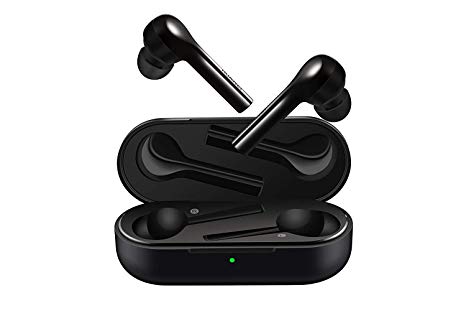Missed connection.
Huawei Freebuds Lite Review
Since reviewing the Freebuds Lite, Huawei has gone and released the improved Freebuds 3. We haven't had the chance to review those yet but it's worth noting they are available for a fraction more (with a bonus Wireless charger) so it's definitely worth considering over the Freebuds Lite.
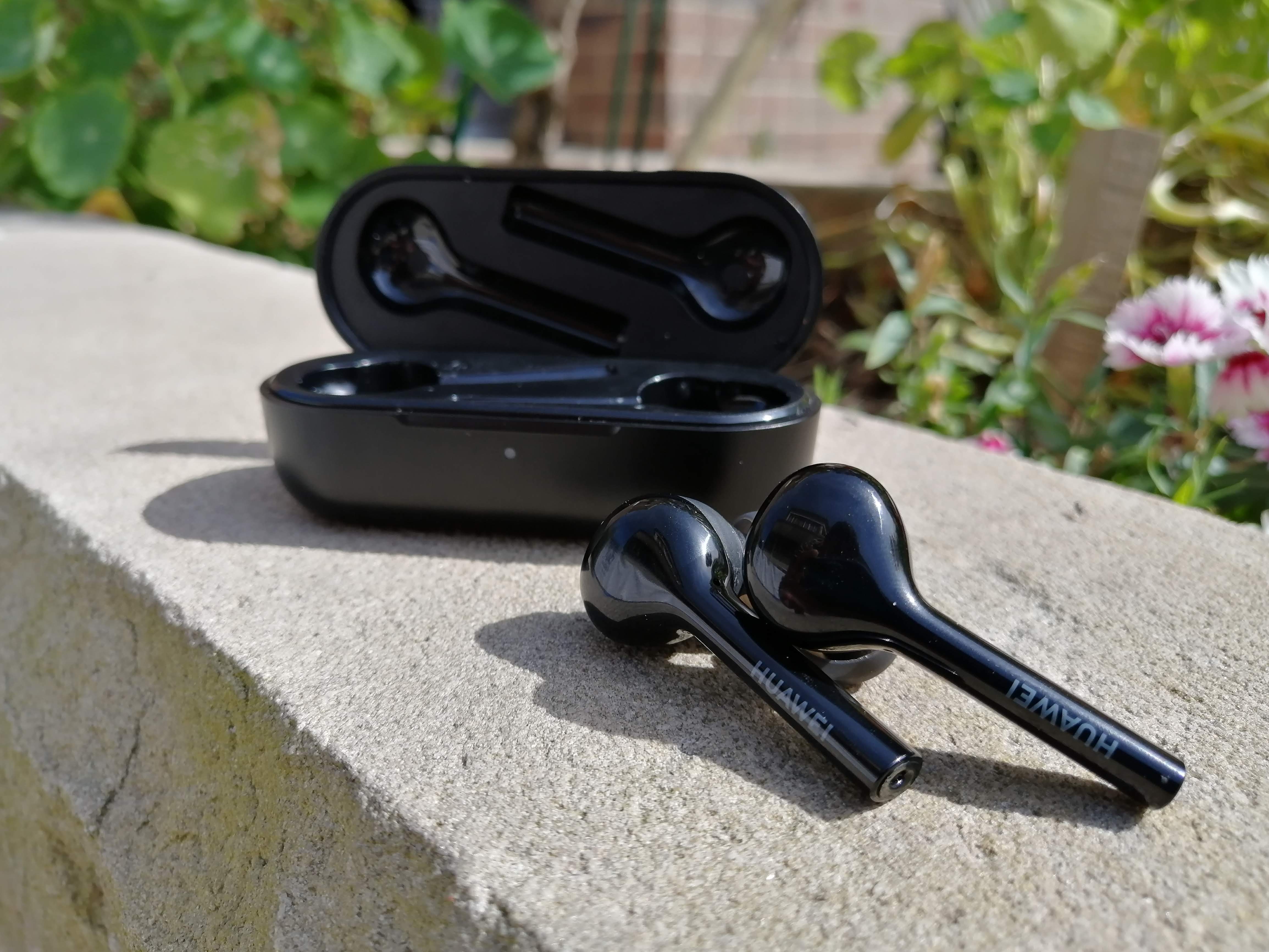
Huawei’s true wireless earbuds could be a real contender if it could just keep it together.
I recently wrote, at length, about my eternal search for a pair of earbuds that don’t cause me physical pain after a few hours of use. I found a workable solution with Sony’s classy WF-1000XM3s but Huawei’s FreeBuds (the company’s crack at an Apple AirPods alternative) came incredibly close straight out the box thanks to the in-ear design.
I thought I’d met my match. Things between the FreeBuds and me escalated quickly. We began spending more and more time together. Mornings, nights, weekends, dinners with my family. We were, for a brief moment, inseparable. Then out of nowhere, the FreeBuds completely dropped off… then connected again before dropping out again. We could have had something but if I’m going to commit to one pair of wireless headphones, I need more than comfort, I need stability.
The goods: What we like about the Huawei FreeBuds
Huawei has taken a big swing with its FreeBuds, incorporating a similar design to the Apple Airpods, an IPX4 water-resistant rating, voice assistant controls, some very decent noise-cancelling tech in the microphone and, most importantly, an attractive sub-$200 price tag. FreeBuds Lites are bundled with select Huawei smartphones, which is appropriate because “oh cool, free headphones” is about the strongest reaction they inspire.
The charging case is discrete
Let’s go back to the beginning. The thing that first drew me to the FreeBuds was the pill-shaped charging case. It’s a compact case that takes up minimal space in any pocket. If you had to, you could easily sneak these past prison security.
Huawei claims you can get 12 hours total playtime from the charging case (and 3 hours of playtime each charge). That’s close to what I’ve been getting day-to-day. I usually go about 2 days without charging the case, which is fine but it’s got nothing on the competition. A smaller battery is the price you will pay for a more discrete charging case and a great price. On the upside, it only takes about an hour to completely recharge the case.
On the downside, the charging case connects with micro-USB, even though most Huawei made phones use USB C cables. Which means you need two power plugs and two free spots on your favourite power boord. Seriously, what are we doing here Huawei? It’s 2019 for cryin’ out loud.
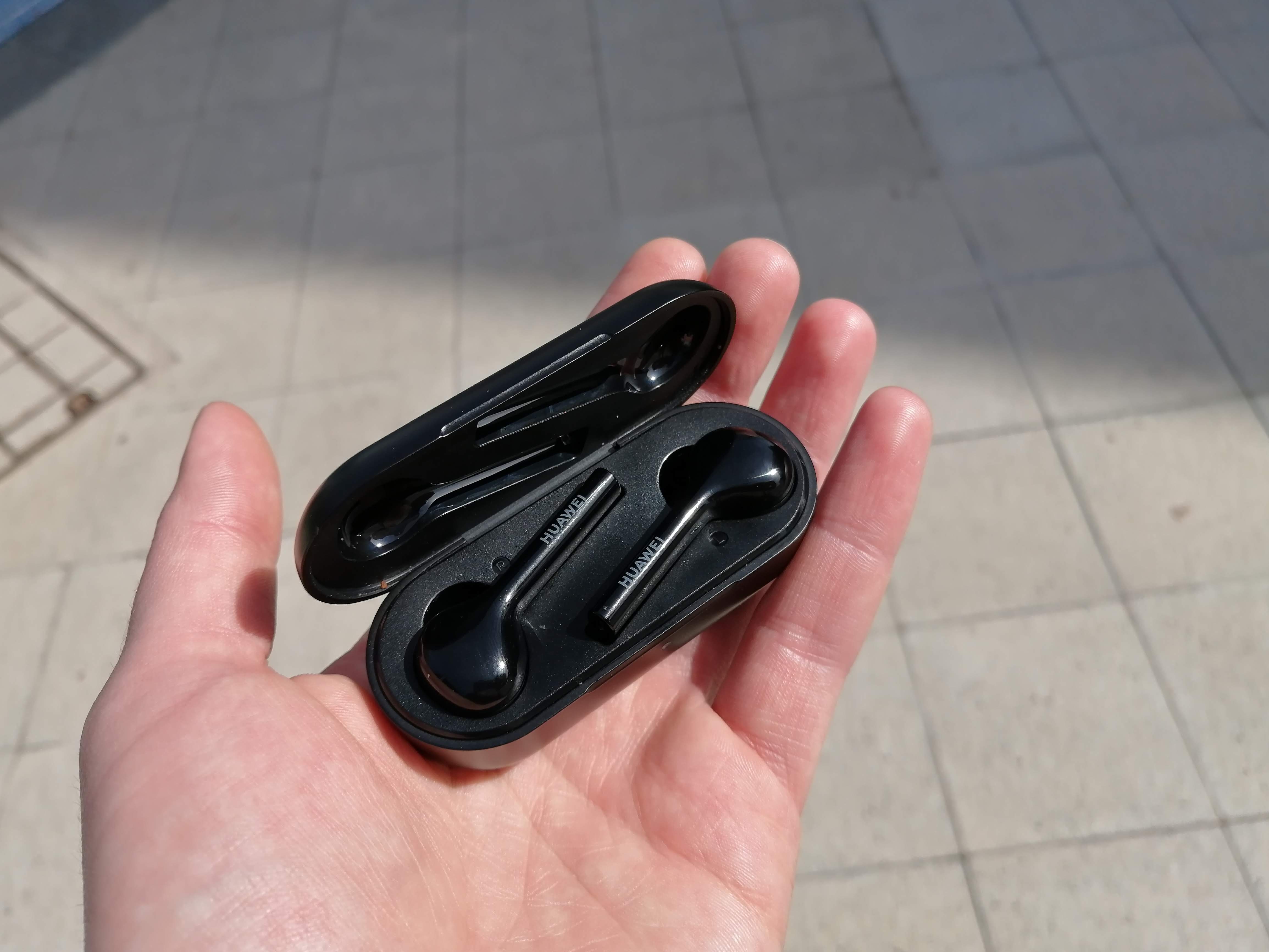
The FreeBuds are incredibly comfortable in-ear headphones
Besides the Huawei branding, you could easily mistake the Huawei FreeBuds for the Apple Airpods if it weren’t for the in-ear plugs. Apple Airpods (and its wired Earpods) can hardly be considered in-ear headphones. They sit on the edge of the ear canal. In-ear headphones use a silicon or foam plug that’s inserted further into the ear canal, blocking out more ambient noise. The Huawei FreeBuds are in-ear and sit quite deep in the canal, similar to, but even more so, compared to the Sony WF-1000XM3 Earbuds.
I’ve always favoured in-ear plugs over earbuds but the Huawei FreeBuds are particularly comfortable. The FreeBuds are light enough (5.5g per earbud) that they don’t feel too intrusive but the plug is deep enough to make them feel secure. Unlike the WF-1000XM3s I recently reviewed, I never managed to lose a Freebud while running or riding.
The FreeBuds are exercise-friendly
Another thing the FreeBuds have going for them is their water-resistance. Not many wireless earbuds have any kind of water-resistance. Sure, you won’t be able to go swimming with the FreeBuds in (would you really want to?) but you will be protected from sweat and rain while you run off that muffin you choked down for breakfast, or for after you rob those banks and you’re on the lam.
The Huawei FreeBuds have an IPX4 water-resistance rating. That means they are protected from “splashing water” but not from “water jets.'' So while they’ll survive a night of rain, they won’t make it a tumble cycle in the washing machine.
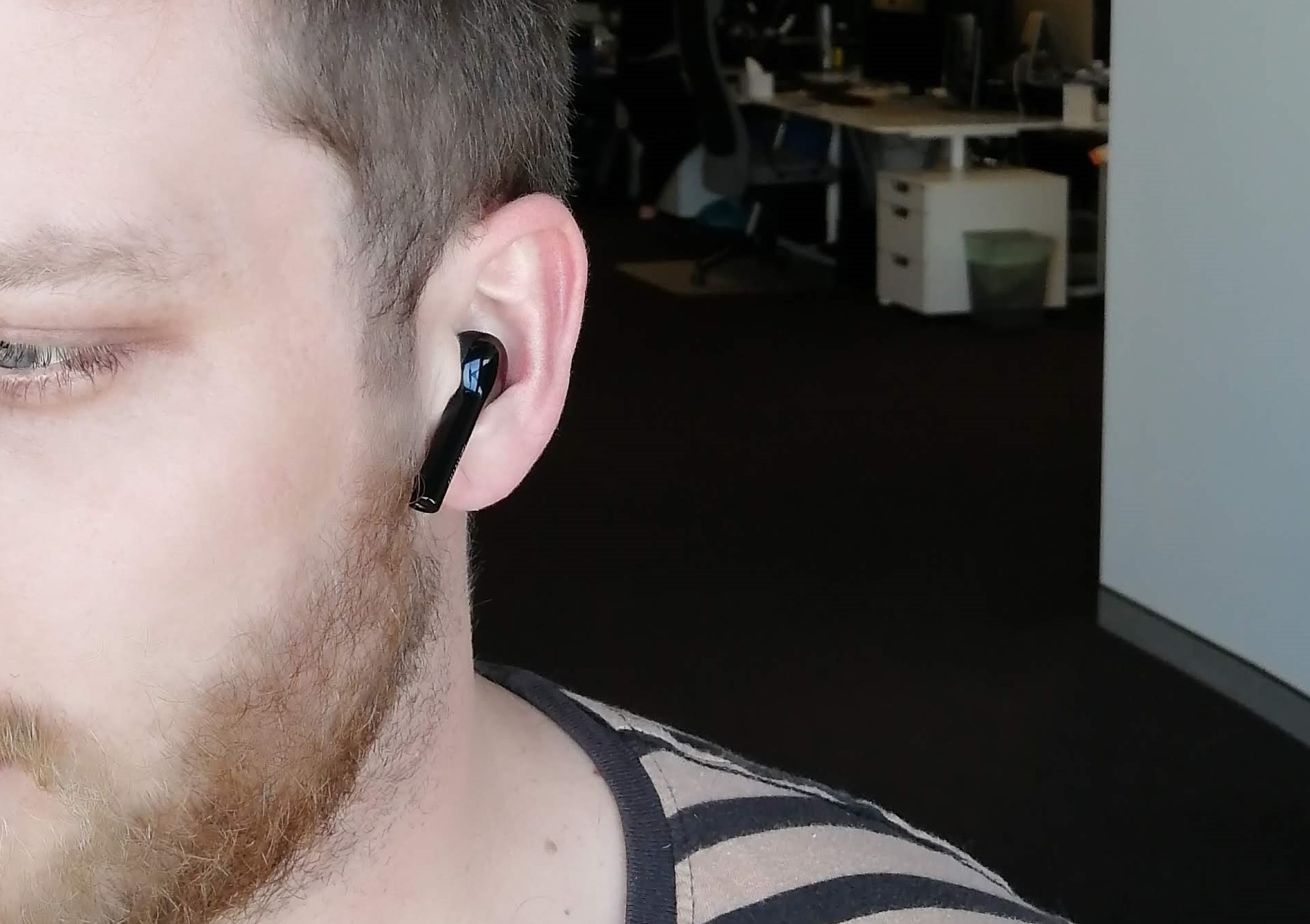
The not-so-goods: How the Huawei FreeBuds could be better
If you’re not the most astute audiophile, you could easily live with the FreeBuds subpar sound but no matter who you are, the persistent Bluetooth issues are going to grind your gears.
Failure to connect
This is, by far, my biggest gripe with the Huawei Freebud Lites. I find the Bluetooth 4.1 so irritatingly inconsistent. First of all, it does a lousy job of detecting which device you are trying to use. If there’s any other previously connected device in-range, you’ve got buckleys of connecting until you switch the Bluetooth off on the unwanted device.
Thankfully, the Huawei Freebud Lites have sync/reset button on the charging case, which can be useful but not a guaranteed fix. They also get overwhelmed in crowded areas, like buses, and if you’re stuck at the traffic lights? Fuggedaboutit.
I switched from my Google Pixel 3 to the Huawei P30 Lite to check if the cross-manufacturer conflict had anything to do with the bad connection but nope, I struggled just as hard with the very handset these earbuds come packaged with.
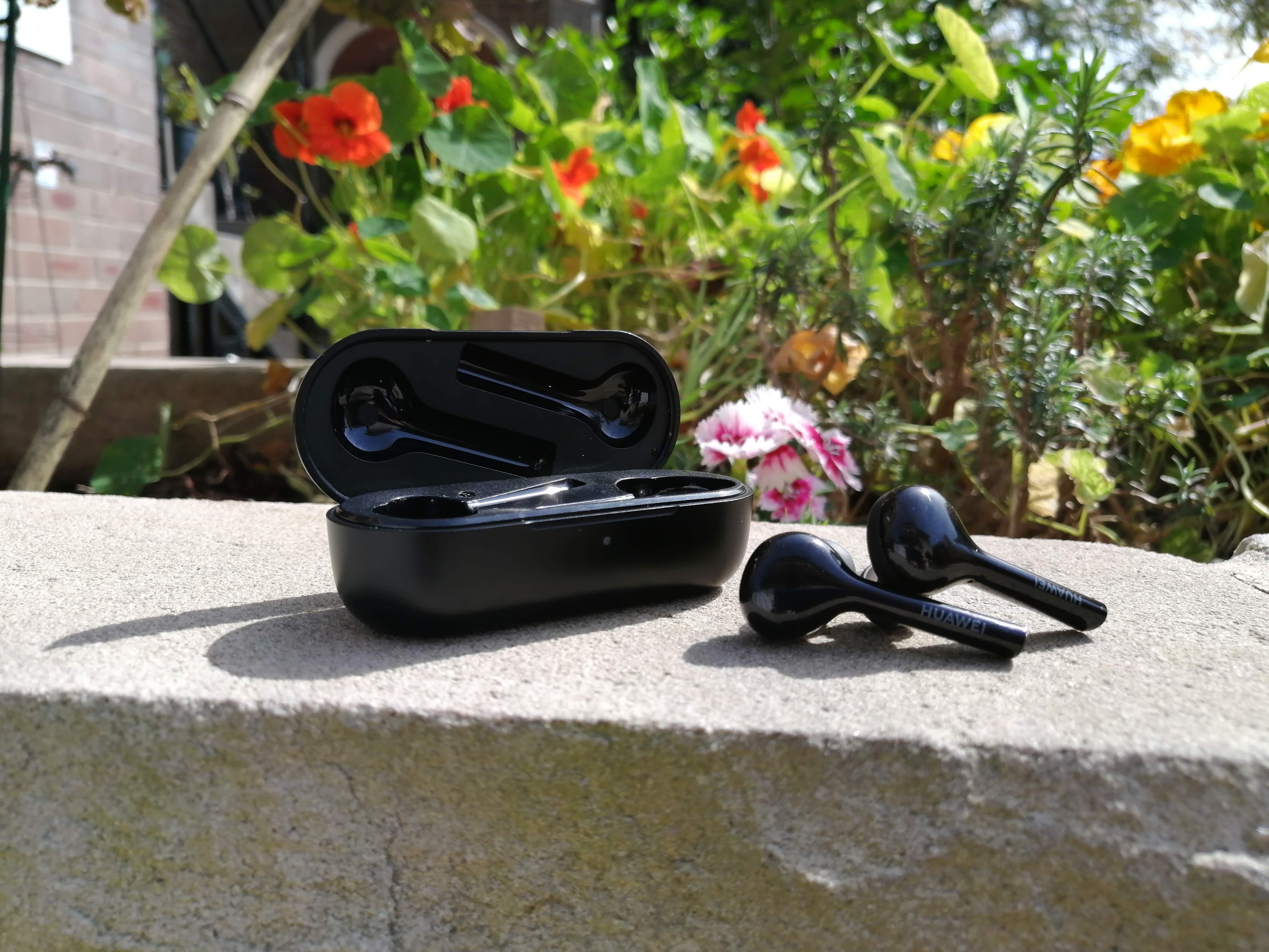
Not bad, good sound
I’m not a serious audiophile and this review is intended for everyday headphone users and even I noticed the distinctly flat and comparatively quiet audio of the Huawei Freebuds Lite. Don’t get me wrong, listening to music on the Freebud Lites was a delight - these are still premium in-ear headphones using some very fancy technology to deliver crisp mids (vocals, synth etc.) and some decent bass. The Sony WF-1000XM3s have set a very high bar for true wireless audio fidelity and my experience with the Freebud Lites has, no doubt, been tainted by the ear-opening aural experience of Sony’s latest buds.
That doesn’t change the fact that I am constantly fumbling for the volume rocker in crowded areas, only to find I’m already at max volume or having the awkward “I can’t hear you, I’m on the bus. BUS. On the bus.” back and forth.
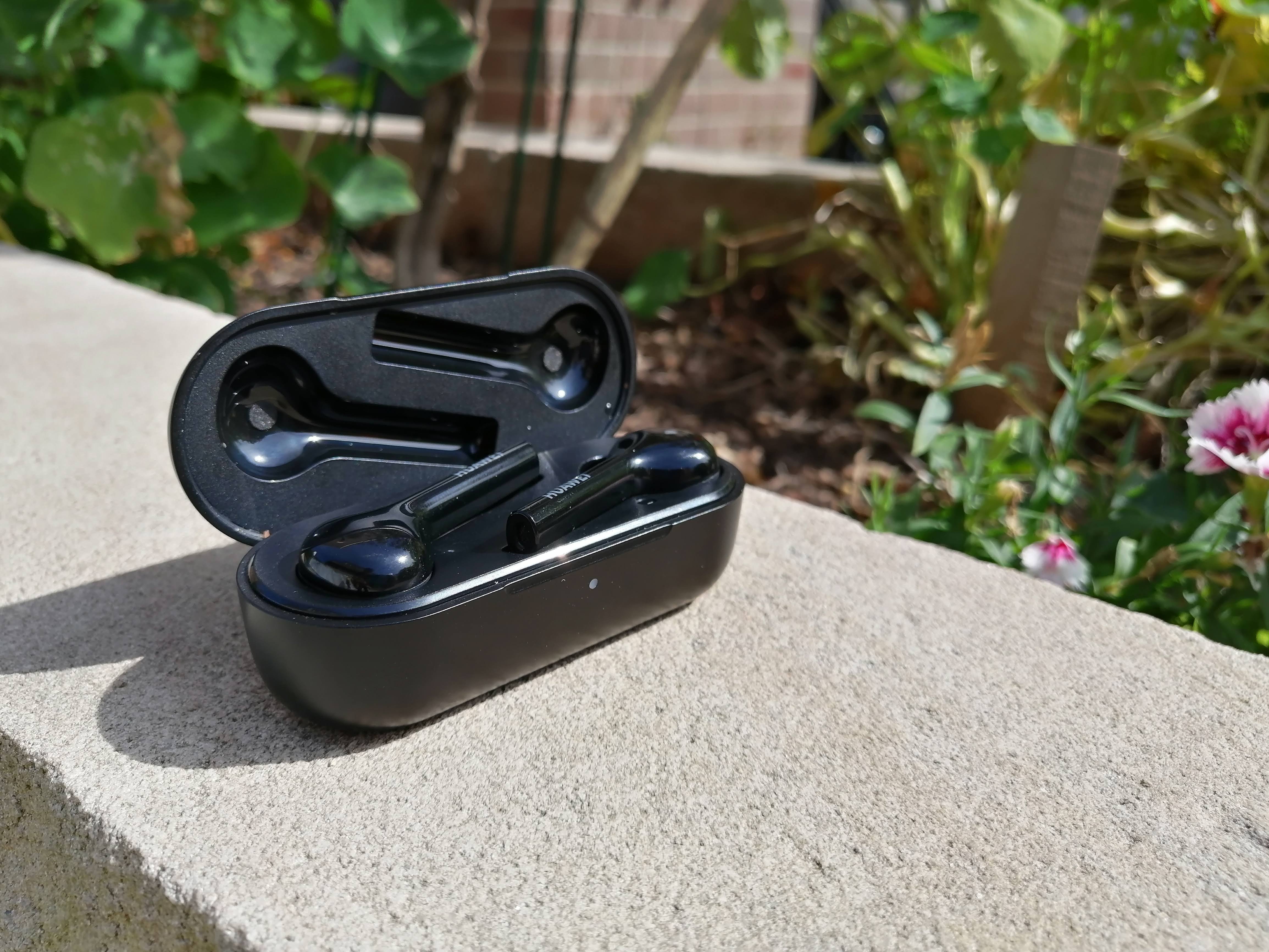
Quality mic struggles with a bit of wind
Other than that, I’ve had nothing but glowing reports from the other end of the phone call. Speech comes through crystal clear in most indoor situations. Outside, things are a little different. On a few occasions, during my evening walk to the bus stop, even the slightest wind interference has caused issues with the microphone. A simple light breeze from walking at an average to brisk pace was enough to disrupt my latest phone call.
I’d hate to see how the microphone performed if it was, say, hanging from the side of a train carriage as police sirens blared in the background.
Related Articles





